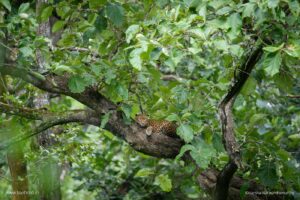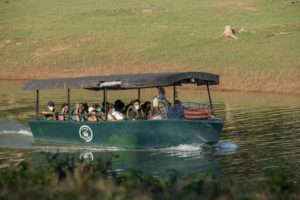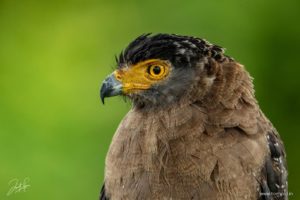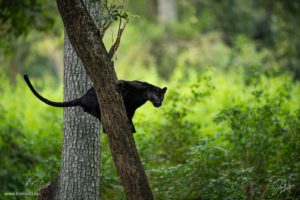This Independence Day, we made an honest attempt to redefine freedom, or live the delusion of liberating the meaning and essence of the word rather than shrouding it in a definition. Sounds like a cliché? Hold on, and ask us how.
Imagine the harsh hues of traffic lights grossly befouling the beauty of the fragile, early evening light. While your vehicle is idling away, you wait for those 120 seconds to pass. Unconsciously, you look up at the sky, and remember how we’ve forgotten to do so frequently. And there you see them, the winged wonders of nature, flying home. You might envy them for they don’t have to realise the worth of time in terms of the Theory of Relativity like us down here. But for all you know, you might want to stop and think about what freedom actually means.
Being a land blessed with a multitude of bird species, the Indian states and union territories have selected state birds as a part their symbolic representations. At Toehold, we celebrated the sense of freedom that birds in general instil in our minds and hearts. Coleridge’s nightingale that sings of nature’s sweet voices, John Keats’s heart going out for his sweet dove, Edgar Allen Poe’s supernatural raven, Lord Tennyson’s portrayal of the eagle, and Elizabeth Barrett Browning’s poignant ode to the sweet little swallow have brought us such joy.
But here, we want to reintroduce you to the perky State Birds. Let your imagination fly.
Indian Roller (State Bird of Andhra Pradesh, Karnataka, Odisha, and Telangana)
Enticing the females by prancing around, snapping their wings, and showing off their vivacious feathers during the breeding season, the Indian roller is quite a spectacular bird to watch. Males get adventurous with their aerobatic displays, and although we’re not certain this works with humans, the roller has earned international fame for this ability!
India has the largest population of these birds and they are seen in open grasslands and scrub forest habitats. But they are also most commonly found perched along electric wires and trees alongside roads, with the individual depicted below handsomely gracing a termite mound.
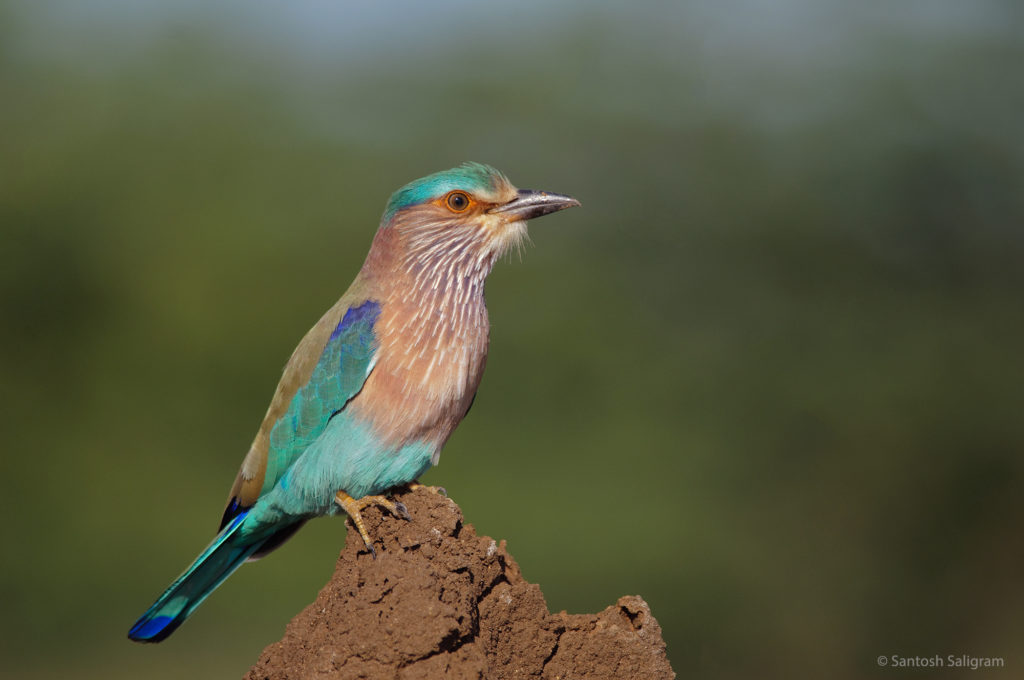
Great Hornbill (State Bird of Arunachal Pradesh and Kerala)
If these shades of bright yellow and black remind you of any tribal culture or ritual, don’t be surprised. The great hornbill has inspired several tribes with its vivacious colours. When this long-living bird is in flight, the sound of their wing beats can be heard from a considerable distance, and the memory becomes long-living too. And being blessed as they are with long eyelashes means they don’t have to spend big on expensive mascaras!
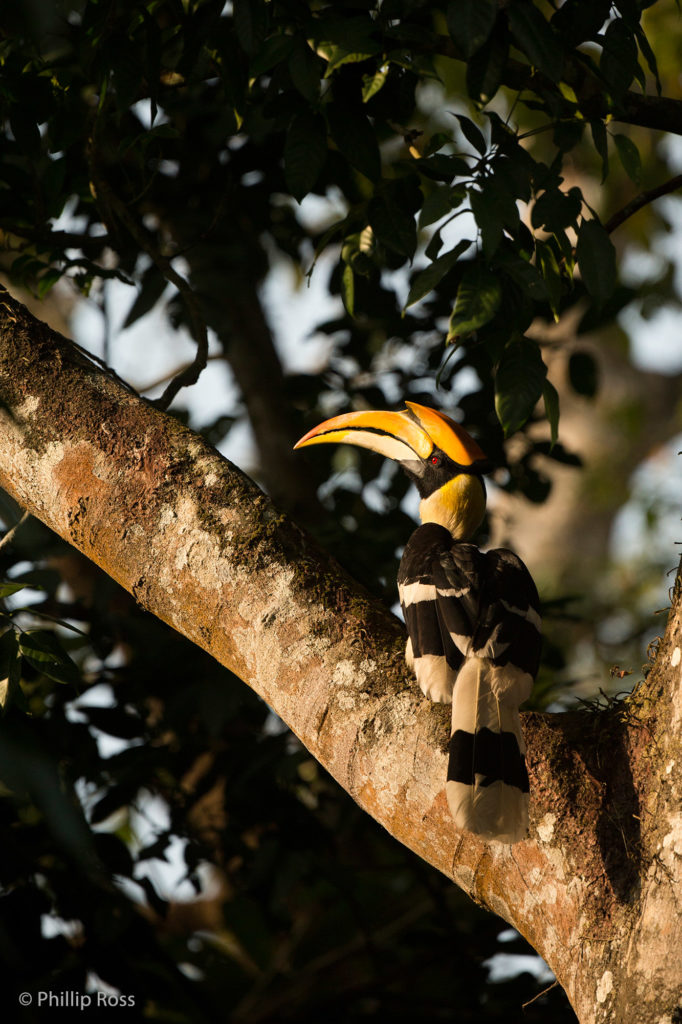
On a more serious note, hornbills mate for life, and it is a moving fact that the female even sacrifices flying and holes herself up in a tree for about three months while the male is solely responsible for feeding the entire family. It’s a story worth knowing.
White-winged Wood Duck (State Bird of Assam)
One of the largest species of duck, these are mainly found in dense tropical evergreen forests, and near rivers and swamps. They are known to nest in tree cavities and look absolutely adorable when they crane their necks out of the hollows.
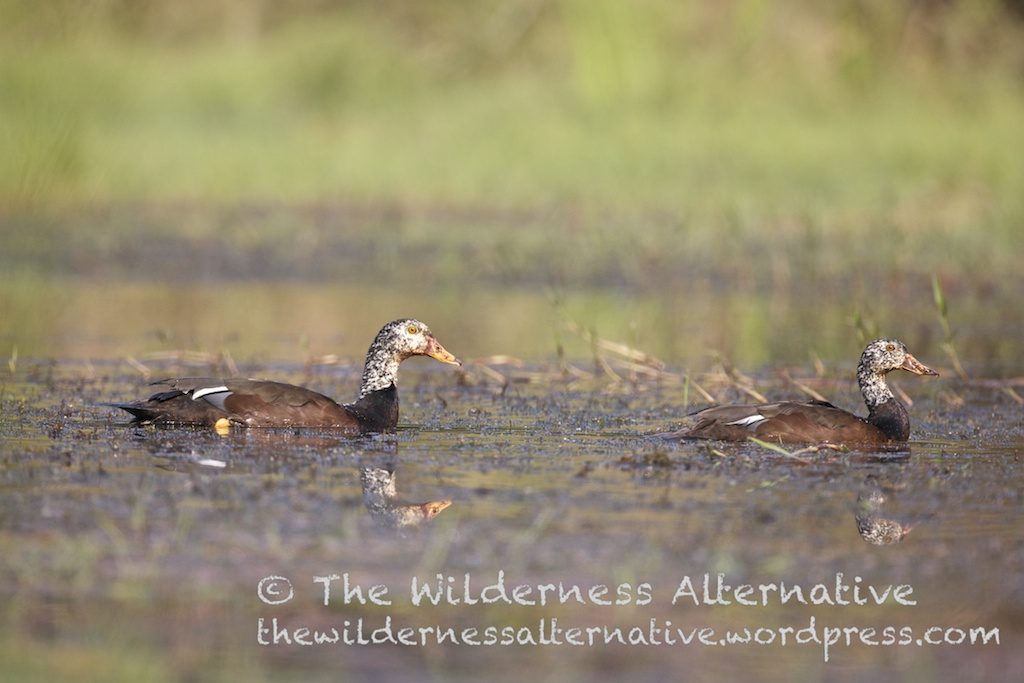
Due to various natural reasons and human activities like hunting for eggs, domestication and food, the white-winged wood duck is unfortunately evaluated as endangered on the IUCN Red List.
House Sparrow (State Bird of Bihar and Delhi)
How many movie songs have used the imagery of house sparrows, especially those written for children? Chidiya in Hindi and gubbachchi in Kannada, house sparrows often make one nostalgic about childhood because they are hardly seen these days at least in urban areas.
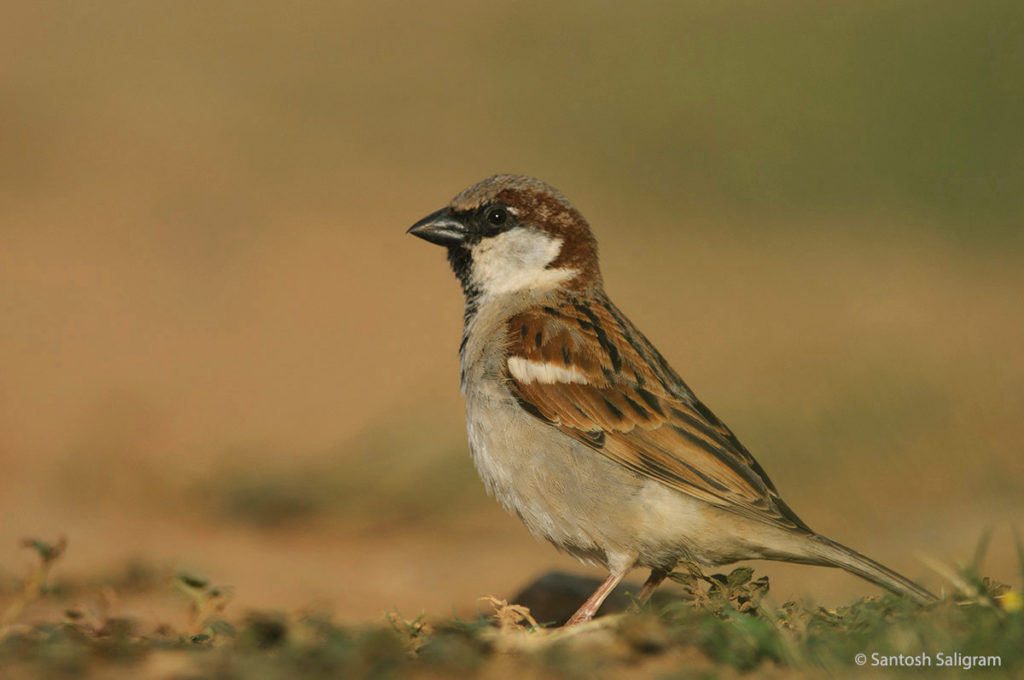
Considered an endangered species, these little birdies have brilliant nuances of brown and grey, apart from the black and white markings.
House sparrows and humans have yet another bond between them. Since the birds usually avoid extensive grasslands and woodlands, most of them can live in urban and rural settings. Watching the way they weave their nests, with each strand of it carefully, patiently and strategically placed, is like watching perfection in the making, something akin to a prayer.
Hill Myna (State Bird of Chhattisgarh and Meghalaya)
Hill Mynas, classified under the genus, Gracula, are mainly found in forest and cultivation. Some species are known to even reproduce sounds. They have a bright yellow or orange bill and legs. Their glossy black plumage and the white wing patches look extravagant, especially when they are in flight. If you can imagine one catching a glint of the sun, you might as well try and get such a glimpse of one for real someday.
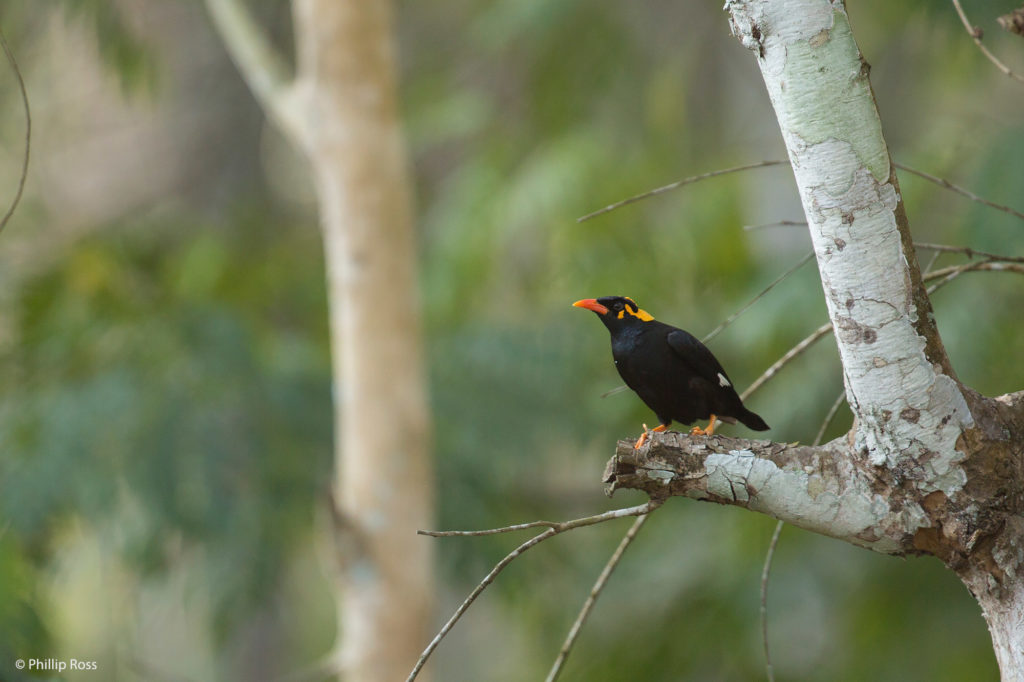
Ruby-throated Bulbul (State Bird of Goa)
A member of the bulbul family, the ruby-throated bulbul is a bird of forest that builds its nest in dense bushes. While its head is black as the name suggests, it looks utterly vibrant with variations of the colour yellow adorning its body.

Greater Flamingo (State Bird of Gujarat)
Surreal pinkish-white plumage, red wing coverts, black primary and secondary flight feathers, pink bill with a black tip that you simply cannot overlook, and legs that flaunt a brilliant shade of pink. Yes, we are talking about the greater flamingo.
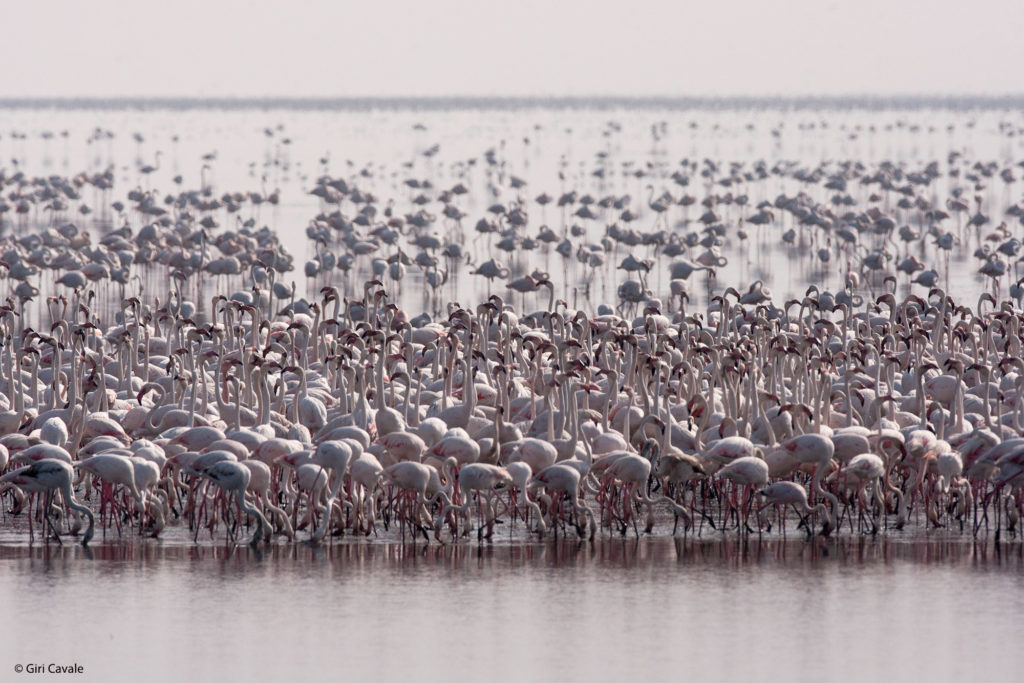
Being the largest species of flamingo, the way they feed themselves is meticulous: in mudflats and shallow lagoons with salt water, their slender legs in motion further helping their feet stir up the mud. Then they suck water through their bills, filtering out tiny shrimps, blue-green algae, seeds, mollusks and other microscopic creatures.
Black Francolin (State Bird of Haryana)
Formerly known as black partridge, these birds live in scrubby habitats. With a black throat, brown iris eye colours and a unique and gorgeous pattern of the brown-coloured crown, these birds also have bold shades of golden brown on their back and wings. It’s rather intriguing how they prefer creeping away unseen although they have a pheasant’s explosive flight. They opt for the latter way of escape only when disturbed.
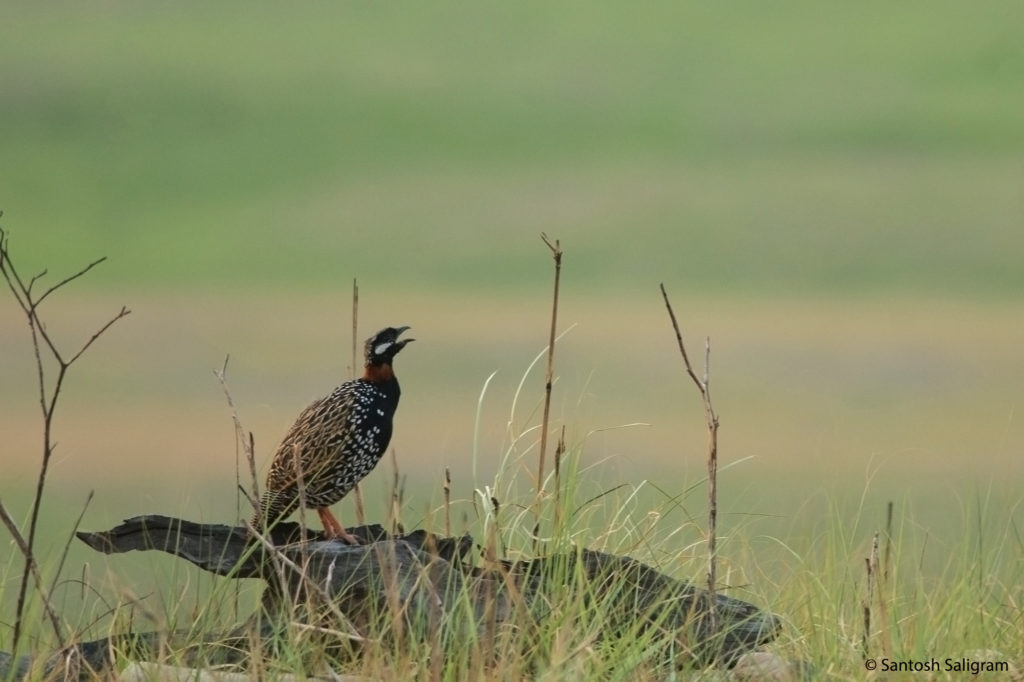
Western Tragopan (State Bird of Himachal Pradesh)
The sad saga of endangered and globally threatened bird-species continues with the brightly-plumed pheasant, the western tragopan.
The male tragopans are dark, grey and black with several white spots, each of which is neatly outlined by black and deep crimson patches on both sides and the back of the neck. The throat is bare and blue, and the face, red. And to top this ensemble of vividness, they have a small black occipital crest. Females generally have pale brownish-grey upper parts. And imagine a few worms leaving their trail on a damp ground; that’s how delicately the upper parts of their body are vermiculated and spotted with black.
Black-necked Crane (State Bird of Jammu and Kashmir)
As though the very land of Jammu Kashmir wasn’t enough for it to be known as ‘Paradise on Earth’, the state also has exotic species of animals and birds enamouring the natural beauty.
Revered in Buddhist traditions, black-necked cranes have a soothing tone of whitish-grey body. The upper neck, tail, and the legs are black, and the rear of their eyes has a white patch. Brimming with different shades of grey, these cranes have a starkly contrasting patch of red crown.
Asian Koel (State Bird of Jharkhand and Puducherry)
Remember the stories that explain how koels lay their eggs in the nests of other birds, especially crows? Well, it’s a bird-fact. A member of the cuckoo order, the koel is another bird that has been extensively used for a play of metaphors in poetry.
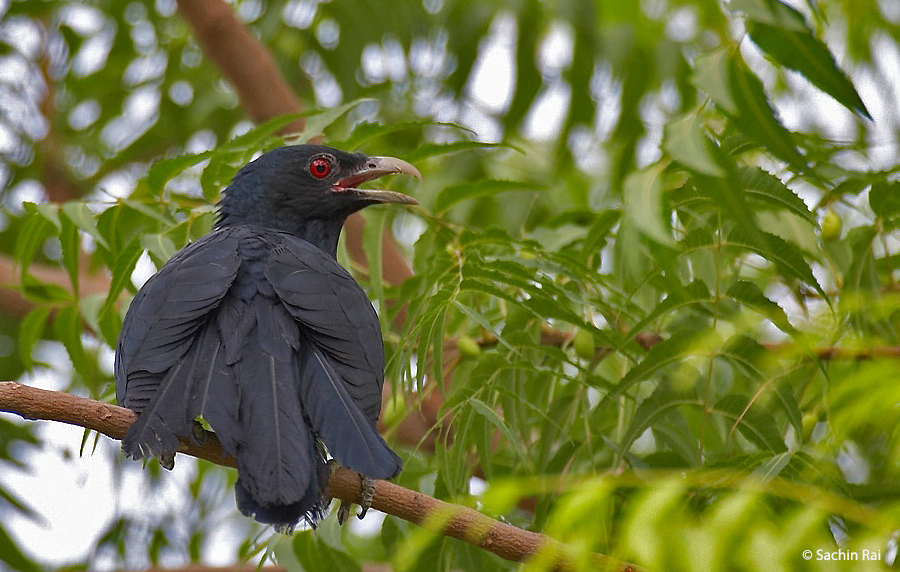
Fondly remember their crimson red eyes, greenish grey bill, and their silky bluish-black body the next time you hear or read some Indian poetry.
Sooty Tern (State Bird of Lakshadweep)
A member of the tern family, the adorable sooty tern is a sea bird. Its tail is deeply forked, and display dark black upper parts and white under parts just like their wings, while the bill and the legs are black, the neck is white. They are colloquially known as wideawake terns; aptly so, because of the relentless calls that a colony of these birds can produce.
Asian Paradise Flycatcher (State Bird of Madhya Pradesh)
There is something celestial about the movement of a paradise flycatcher’s tail. While their rufous wings flutter and create ripples in the air that you wish to see, the tail seems to leave an invisible trail that can be almost conspicuous for someone who is obsessed with the avian world and its beauty.
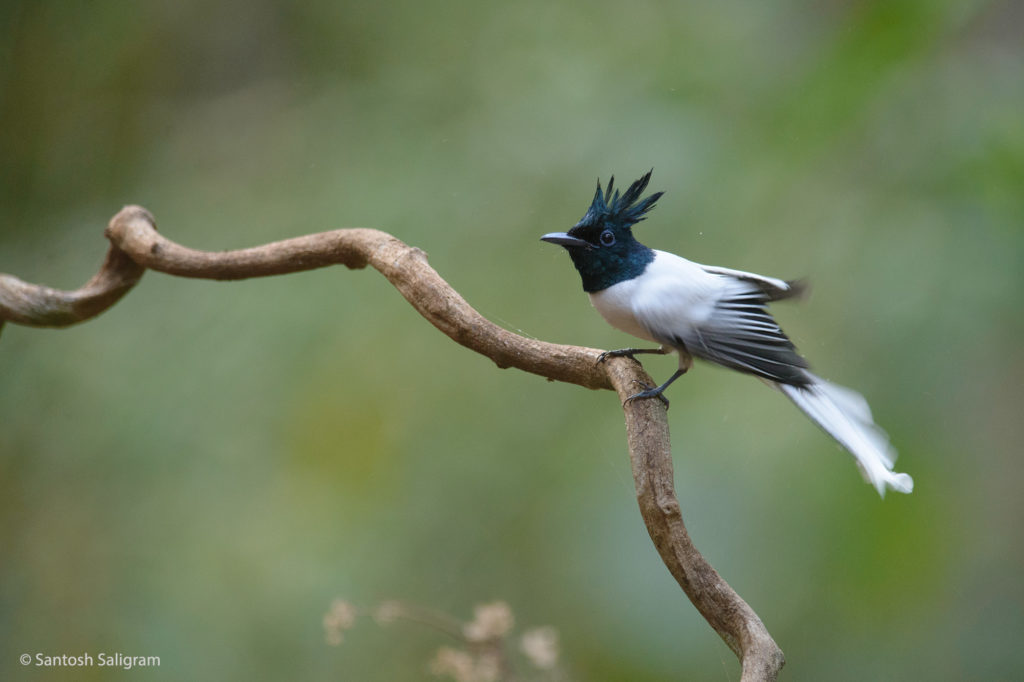
Yellow-footed Green Pigeon (State Bird of Maharashtra)
Known as Hariyal in Marathi, this species of green pigeon is also called yellow-legged green pigeon. They are known for their way of flying and foraging in flocks. They seem to quietly enjoy basking in the virgin light, because they can be spotted sunning on tops of emergent trees, mostly in the dense forest areas.
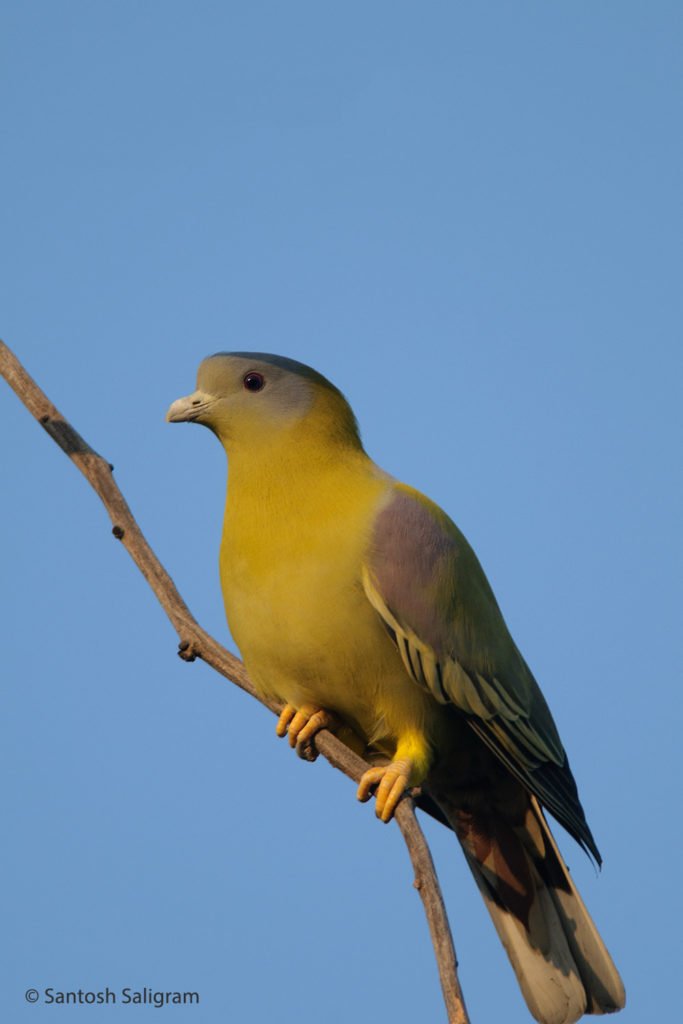
They often sit in pairs on tree branches, and when you see them, there is no need to wonder why our poets have used pigeons as carriers of love messages!
Mrs. Hume’s Pheasant (State Bird of Manipur and Mizoram)
Also known as Hume’s or bar-tailed pheasant, these forest pheasants have also been listed in the IUCN Red List of Threatened Species as a ‘near-threatened’ species.
The male Hume’s pheasant has a long, greyish-white and barred tail. The female is prominently chestnut brown-coloured, and has a whitish throat. With a white-tipped tail that is not as long as that of the male pheasant, the female has a buff-coloured belly.
Blyth’s Tragopan (State Bird of Nagaland)
The common name commemorating the English Zoologist, Edward Blyth, the grey-bellied tragopan is a vulnerable species of the pheasant clan. Their population is believed to be decreasing rapidly. They are a brightly-coloured species, with a rusty head and yellow facial skin. The most eye-catching of the patterns these birds show off are the white dots on their back, which are known as ocelli.
Northern Goshawk (State Bird of Punjab)
Flip flap, glide! If you thought this is how eagles flew, then you might also want to know that so do the northern goshawks. Often considered a true “hawk” of the Accipitridae family, the northern goshawk is featured on the flag of the Azores. This raptor has short, broad wings, and a long tail. It is blue-grey above and white or barred grey below. The adults have dark-red eyes.
Great Indian Bustard (State Bird of Rajasthan)
An ostrich-like bustard, often found in the same habitat as the blackbucks, the Indian bustard is a large bird with long bare legs. The body of these bustards is horizontal and brownish, with a black patch breaking the dominance of white.
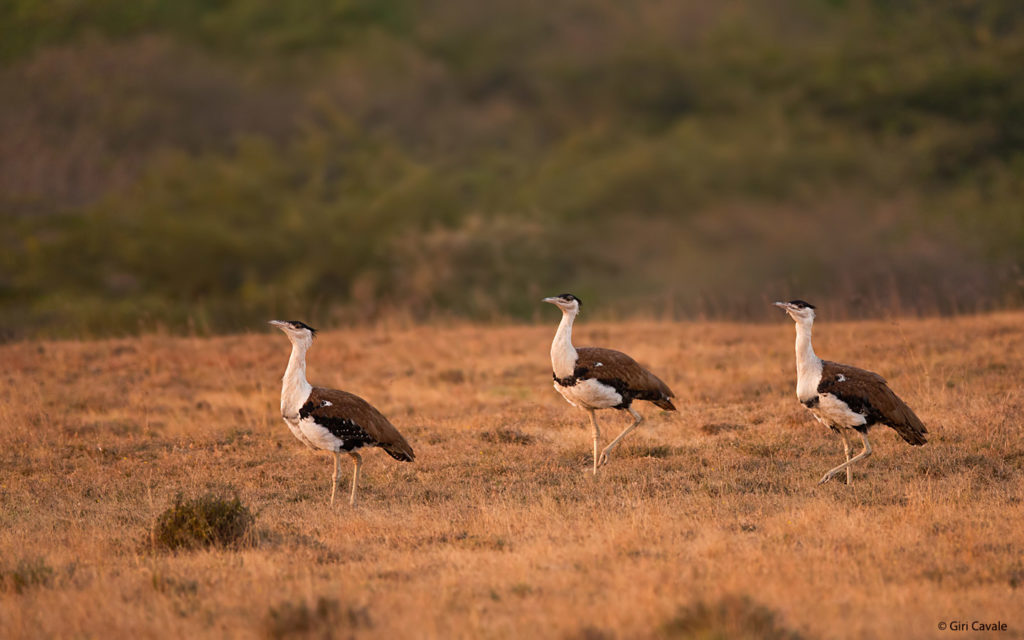
And to help the male that has to impress the female, there is a gular pouch, which inflates when calling during display; and the calls are deeply resonant. Ahem!
Blood Pheasant (State Bird of Sikkim)
The only species in the Ithaginis genus, this short-tailed pheasant is commonly found in the Himalayas. The size of the blood pheasant is same as the small fowl. It has a black bill that is short, convex and very strong. The feathers of the chin are deep crimson in colour. The plumage, with white shafts, displays a beautiful dark ash. The feathers on the side are green at the tips with crimson margins. They look like hastened dashes of red that bear a resemblance to blood scattered on the belly and the breast (but don’t worry; this only adds to its glamour!)
Emerald Dove (State Bird of Tamil Nadu)
Also known as the green dove or the green-winged dove, the emerald dove seems to be ascetic, only by its way of building its nest. These doves build scant stick nests in the trees, and are known to be particularly good weavers!
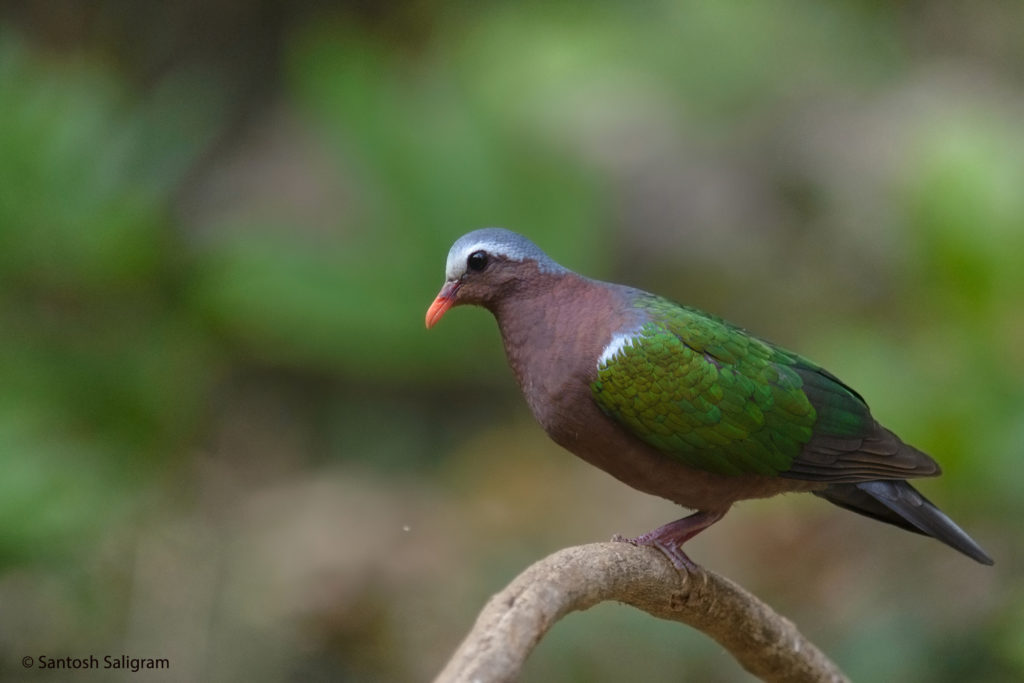
If you hear a soft cooing that starts low but rises gradually, you know it’s an emerald dove. And consider yourself fortunate if you witness a male performing a bobbing dance during the breeding season.
Himalayan Monal (State Bird of Uttarakhand)
Also known as the impeyan monal or impeyan pheasant, the Himalayan Monal is also the national bird of Nepal.
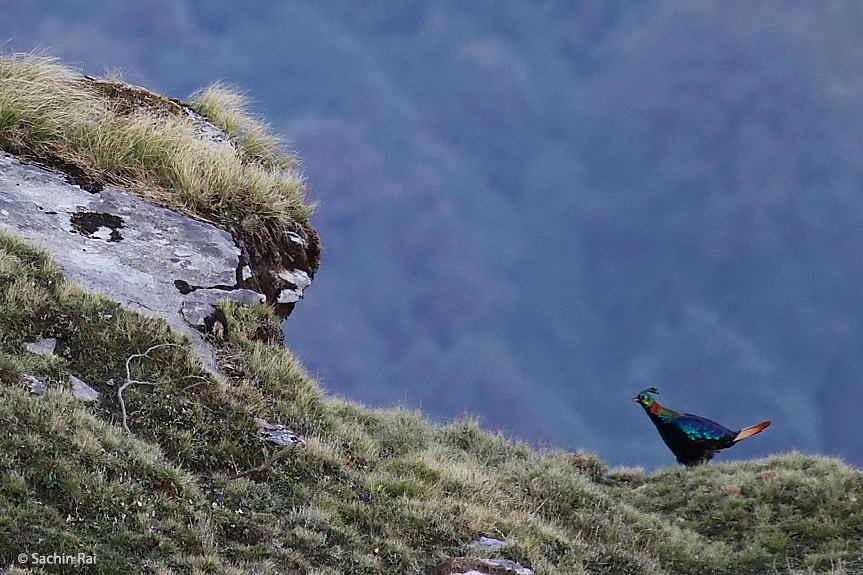
You will be beguiled by its multi-coloured plumage, its body almost looking like that of a peacock’s, only, with coppery feathers on the neck. The tail feathers are rufous, becoming steadily darker towards the end.
Sarus Crane (State Bird of Uttar Pradesh)
The tallest of the flying birds, the sarus crane is easily recognisable. It is different from the other cranes because of its overall grey colour and the evidently contrasting red upper neck and head.
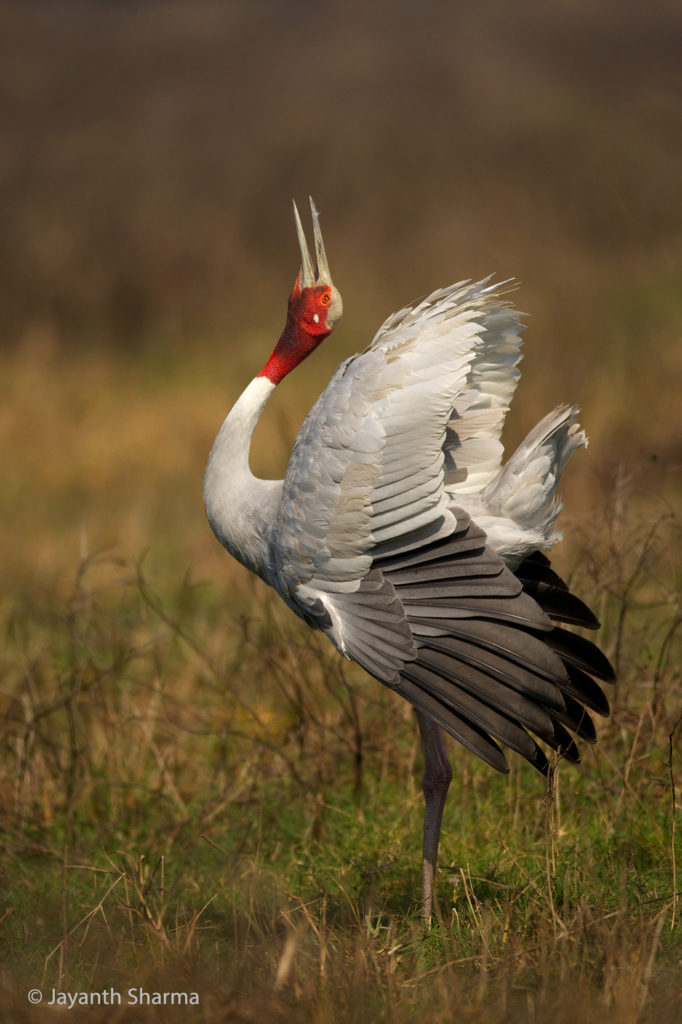
Indians consider it a symbol of fidelity, because these cranes are known to mate for life. And as an addendum, they are also believed to grieve the loss of their better-halves to the point of starvation and even death!
White-throated Kingfisher (State Bird of West Bengal)
Also known as the white-breasted kingfisher or Smyrna kingfisher, this is a tree kingfisher, being able to live well away from water, their loud calls a common feature in both urban and rural landscapes.
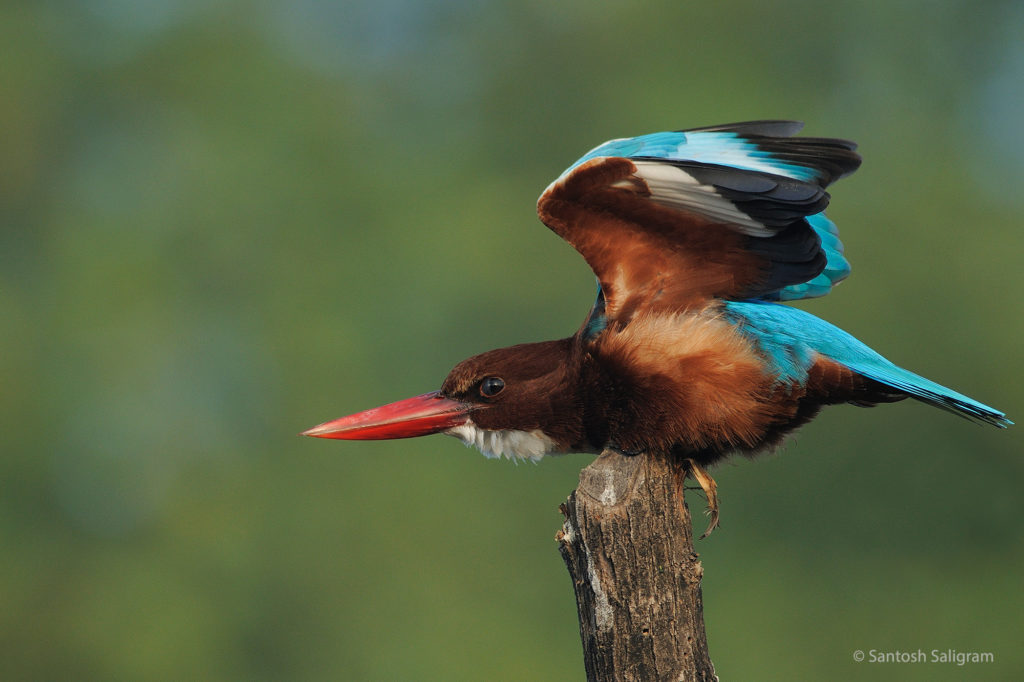
If the enchanting colours of these birds have transported you to some uncharted lands, you might want to consider coming back. We are talking about these creatures that can fly because they alluringly suggest freedom; and we recently celebrated our Independence Day.
While the birds keep flying high, blissfully oblivious to the fact that they are even chosen as symbols that represent the geographical boundaries we’ve created for administration, we might as well think of transcending boundaries and forgetting differences. Let us remind ourselves of the importance of saving these creatures from extinction to maintain ecological balance. Let us ponder newer definitions of freedom in the human context, or better still, simply set them free.

